It’s the last day of my holiday today, so here’s a post I made before I left. I thought you might be interested to know about the books that have have shaped my own gardening know-how over the years. I have never done a garden course in my life so books have been a mainstay in the learning process - and of course I have learned from visiting other gardens and talking to inspirational gardeners and designers over many years. Nowadays books have perhaps been usurped by YouTube videos and podcasts, but to me, there is nothing better than having a well-thumbed book that you can go back to again and again for its wisdom and inspiration.
My Desert Island Garden Books
The New Kitchen Garden by Anna Pavord. I first got into gardening in my late twenties when I had an allotment in London. I loved it, but I knew very little, so I turned to Anna Pavord’s book The New Kitchen Garden. It was brilliant as it contained ideas for the design and layout of vegetable gardens as well as detailed, easy-to-digest information about how to grow any fruit or veg you may desire. I had a paperback copy that I used to keep in my allotment shed and referred to it all the time. I had met Anna, who was an Associate Editor at Gardens Illustrated magazine where I worked, so I knew that all the information in the book had come from a first-rate gardener, and it felt like I could hear her voice instructing me as I started gardening myself.
Designing with Plants by Piet Oudolf. When I moved out into the country from London and had my first real garden to make, I used this book as a bible. Piet Oudolf makes you think about plants in a completely different way, and I was hooked on his aesthetic, combining dynamic groups of perennials to make a piece of living art. What has always stayed with me is the way he encourages you to look at plant form and how contrasting shapes can completely lift a planting scheme. It’s the basis for my post on Shapes and Silhouettes.
In Your Garden and In Your Garden Again by Vita Sackville West. I love these two little volumes that contain 15 years’ worth of gardening columns that Vita wrote for the Observer between 1946 and 1961. Her writing takes you back to another era and gives you a snapshot of how people gardened at the time, what plants were available, and what was in and what was out. You can tell from her writing that she erred on the edge of rebellious, favouring a looser aesthetic than many were used to at the time. I delve into these books at frequent intervals if I’m looking for good plant quotes, and often find myself still reading half an hour later, having been thoroughly distracted. (Wouldn’t you rather be distracted by Vita than a stack of moving Instagram images?)
Discovering Annuals by Graham Rice. When I was researching for my own book on growing flowers from seed, The Flower Garden, I found Graham Rice’s book absolutely invaluable. Graham is another old school plant fanatic with a wealth of knowledge, and his A-Z of annuals you can grow from seed is full of incredibly useful detail. The design of the book now looks old fashioned, but the information inside it doesn’t date.
Christopher Lloyd’s Garden Flowers. I was lucky enough to meet Christopher Lloyd several times before he died, and found him shrewd and opinionated but with an endearing twinkle in his eye. He didn’t suffer fools gladly, and his voice comes over so clearly in this bible of garden perennials which I have used regularly over the years. If he doesn’t like a plant, he will give it a couple of cursory lines. Knautia macedonica, for example, he dismisses brutally: ‘It has a popular appeal which I find it hard to justify’, and it was the same for Echinops ritro: ‘I long ago decided that it wasn’t worth its space.’ (I disagree, I grow both in my garden!) And even more hilariously, a comment about a dwarf campanula with the unlikely cultivar name of ‘Pouffe’, which he describes as ‘a revolting little dwarf from which any hint of the grace to which campanulas are heir, has been eliminated’ and that ‘it should be reviled’. He is brilliantly and humorously acerbic, but of course there are many, many plants he waxes lyrical about in this book. It isn’t a how-to-grow type book, it is just a very good read, and you really feel as if you know a plant more intimately after you’ve read what he has to say.
Beth Chatto’s Gravel Garden. All Beth Chatto’s books are invaluable for learning about plants for different types of situations, but this is the one I have referred to most, particularly in more recent years when the interest in drought-tolerant planting has accelerated. Like all the other authors in my list, Beth Chatto was a legendary gardener and plantswoman, and her writing is based on a lifetime’s experience and a deep love of plants. Her descriptions of plants are gentle and apposite and she is very good at describing the combinations of plants that she created in her garden. Beth once chose my Compost book as one of her top 10 gardening books, which remains the pinnacle of my career! So of course she had to be in my list too.
The Plant Kingdoms of Charles Jones. This book was published by Thames & Hudson where I worked between 1994 and 1997. It contains an intriguingly modern and artistic set of photographic still-lifes of fruit and vegetables taken by an unknown gardener called Charles Jones around 1900. Discovered by chance by antique collector Sean Sexton in the 1990s in a London market, the photographs are timeless, beautiful compositions, and I have always been completely bewitched by them. I took a spare set of proofs home with me and framed some of them as prints!
Eden Revisited by Umberto Pasti. This beautiful book documents the wild and wonderful garden of Italian author and designer Umberto Pasti. I first visited Rohuna seven years ago to write the garden up for House & Garden and was completely bewitched. Set out on the stony hillside of northern Morocco about an hour from Tangier, the garden has evolved over 30 years from nothing. The photographs in this book were taken by American photographer Ngoc Minh Ngo and they capture the wild beauty of the place perfectly, including the restored meadows with the endangered local flora that Umberto is trying to preserve. I have since visited twice more and have come to know the eccentric and generous-hearted Umberto better, and I can hear his voice, full of humour, when I read his words. Looking through this book transports me back to a magical place.
Thank you for reading and as ever, please hit the like button if you’re enjoyed today’s post as it boosts those weird and wonderful algorithms that help me get noticed on the Substack App. Or share with a friend who you think might like it too.
I’ll be back next week with a post about sowing annuals in autumn. Have a good week everyone. x






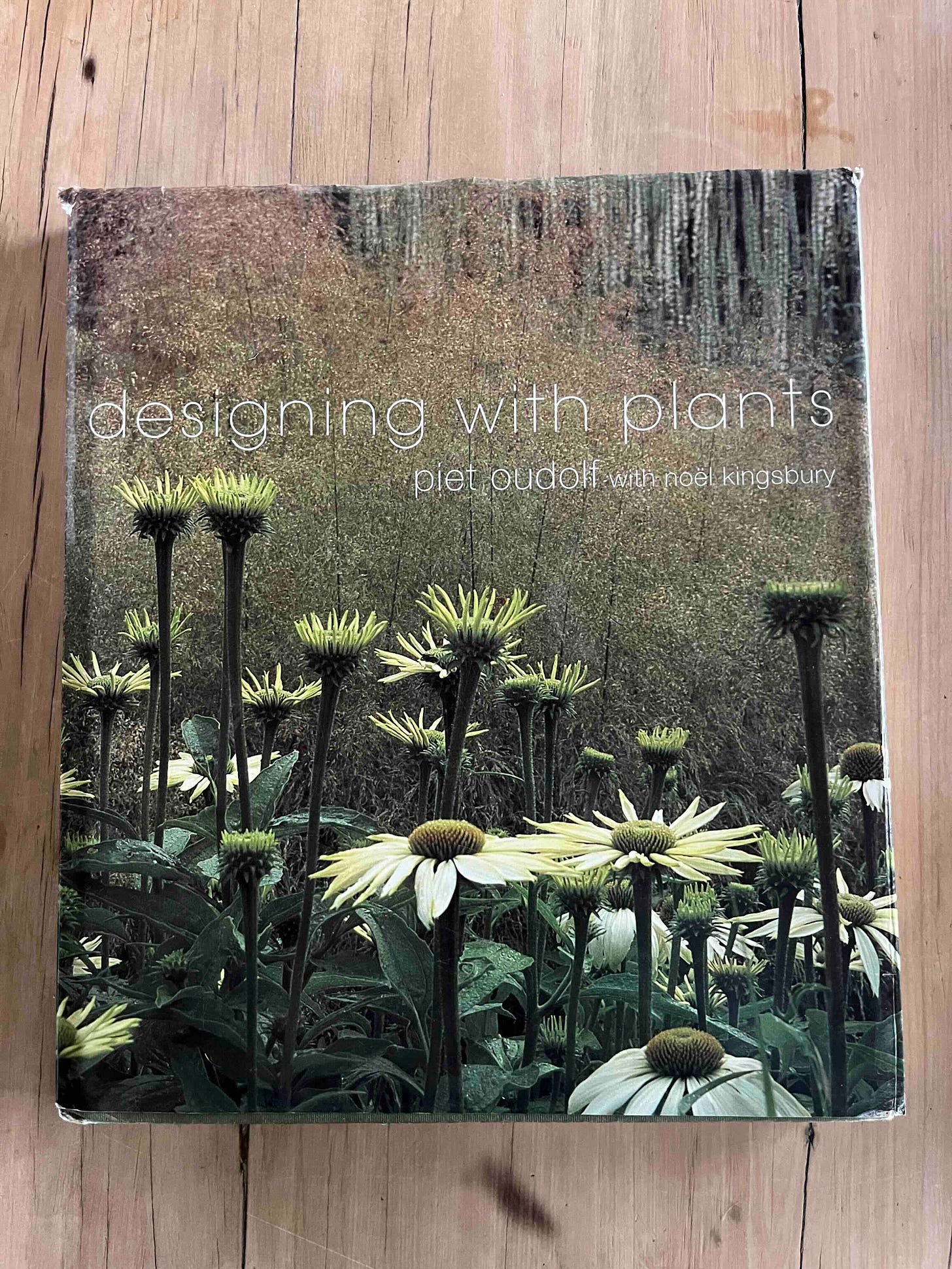

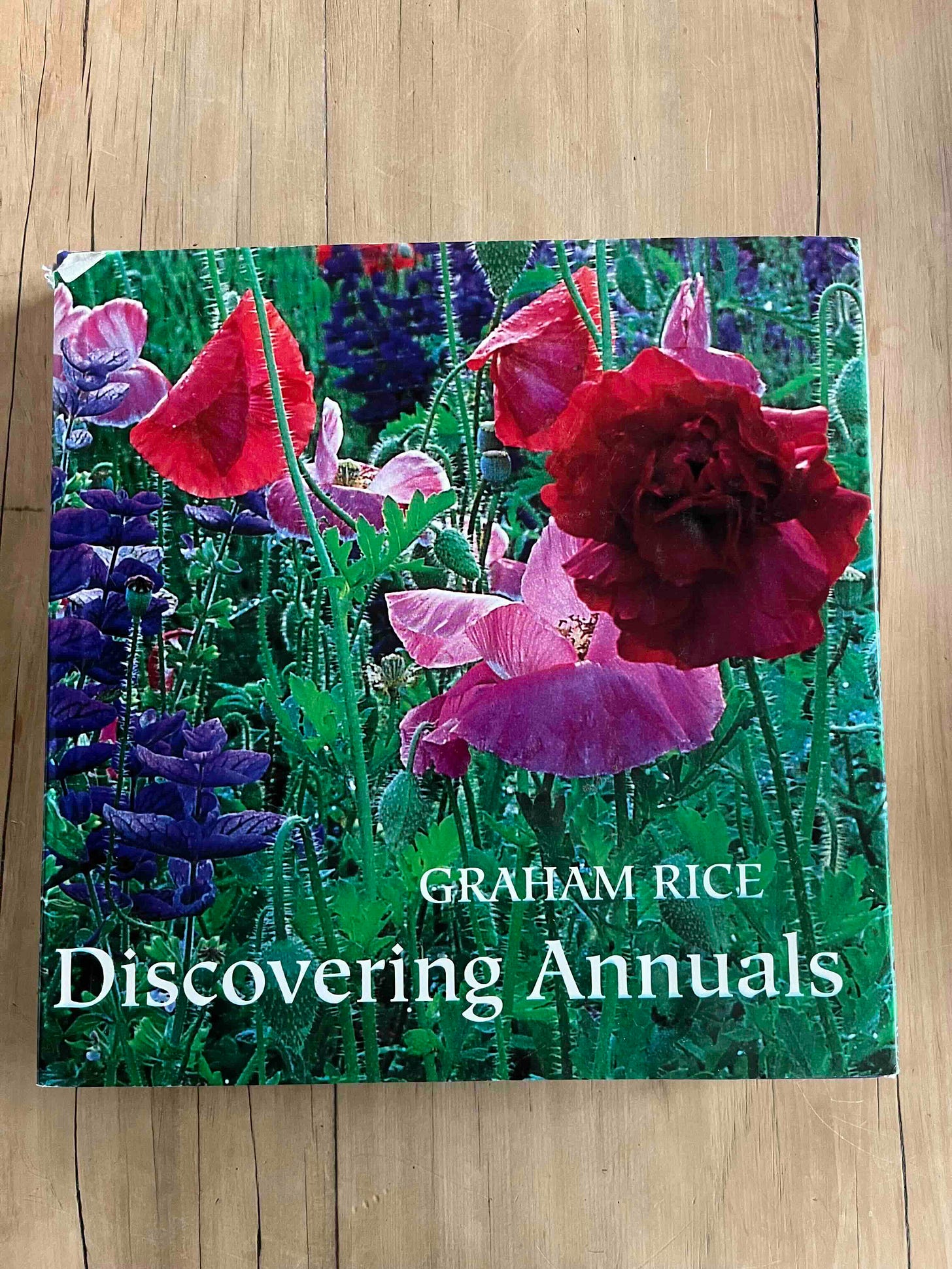
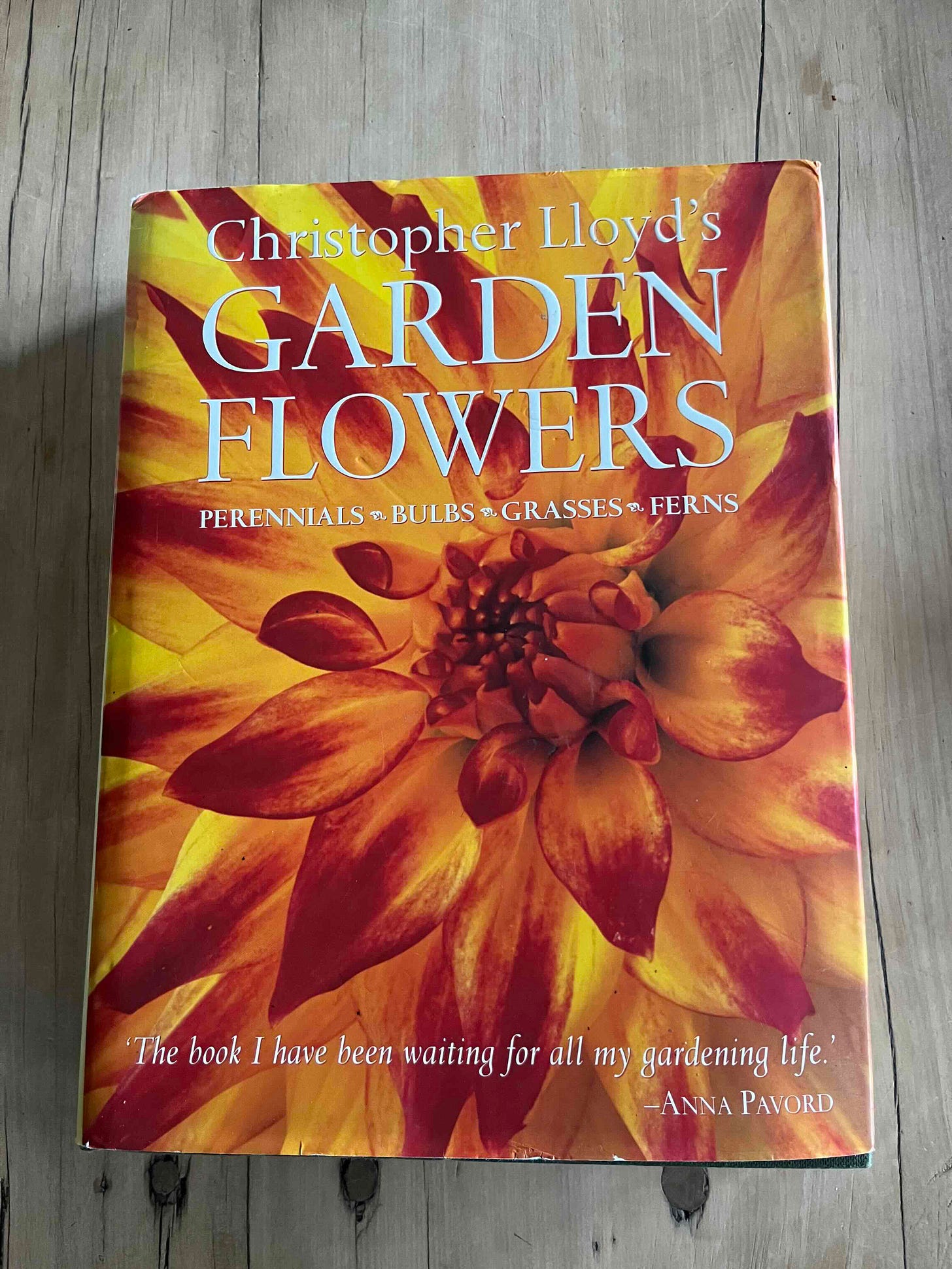
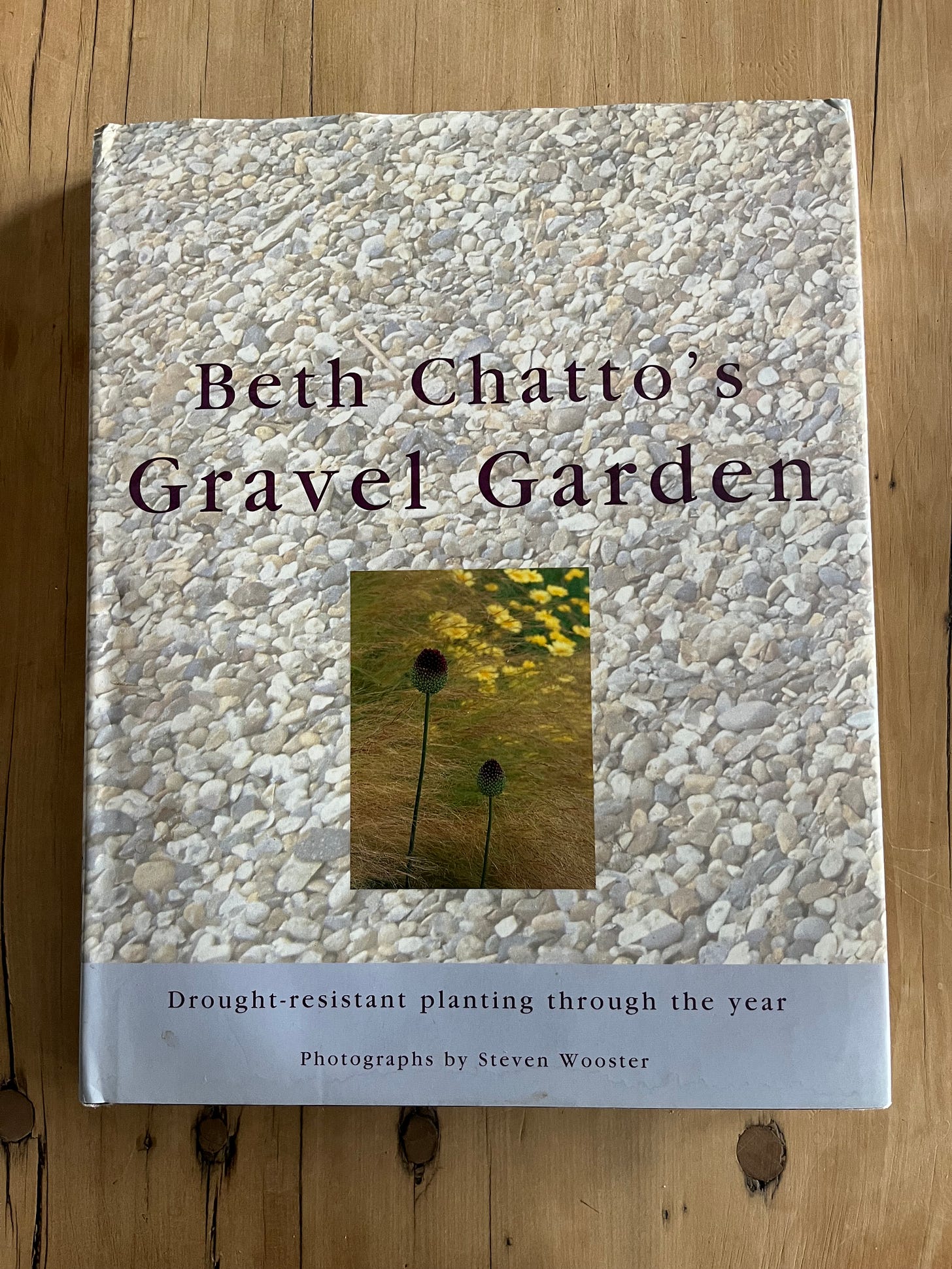
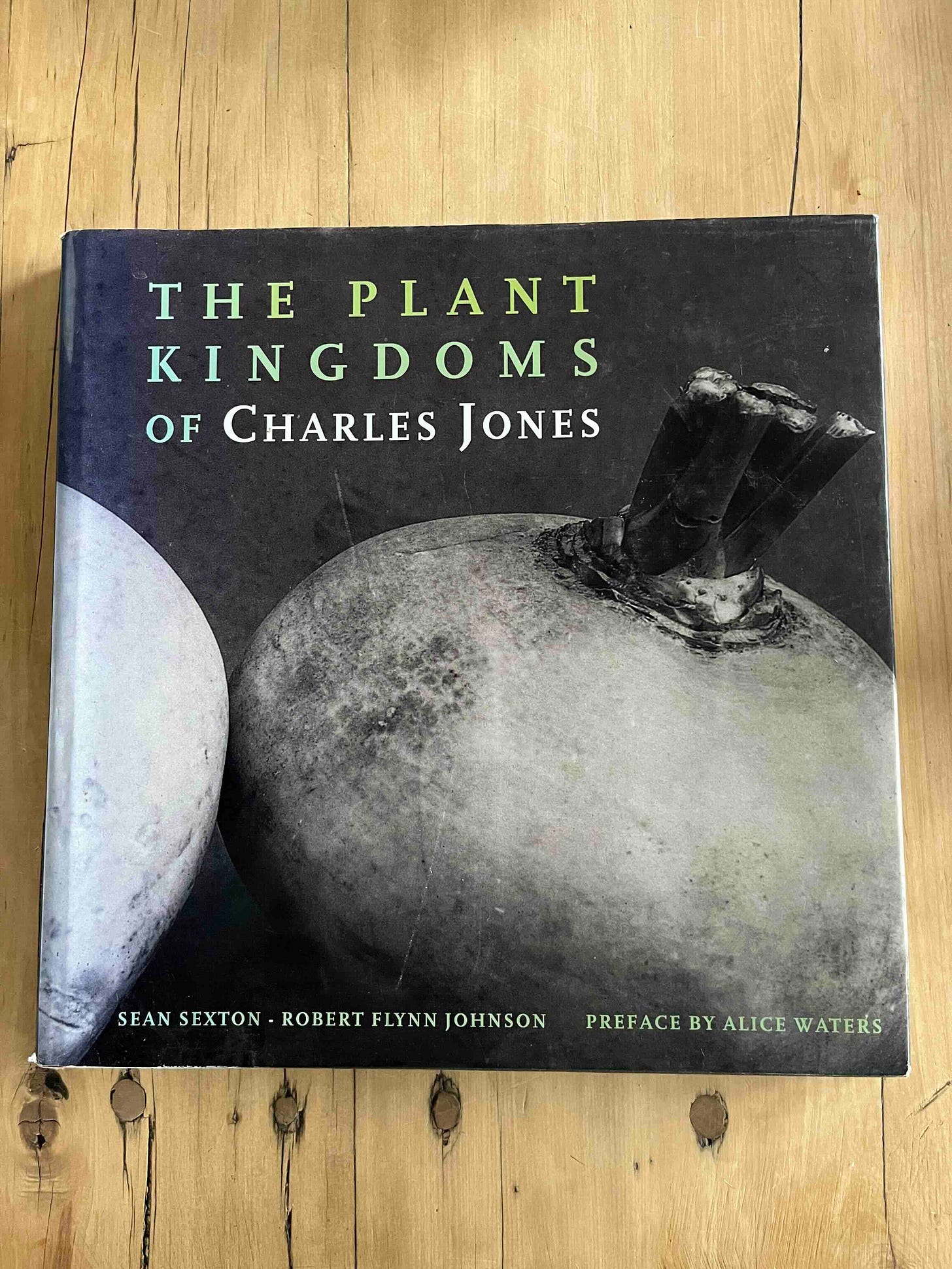
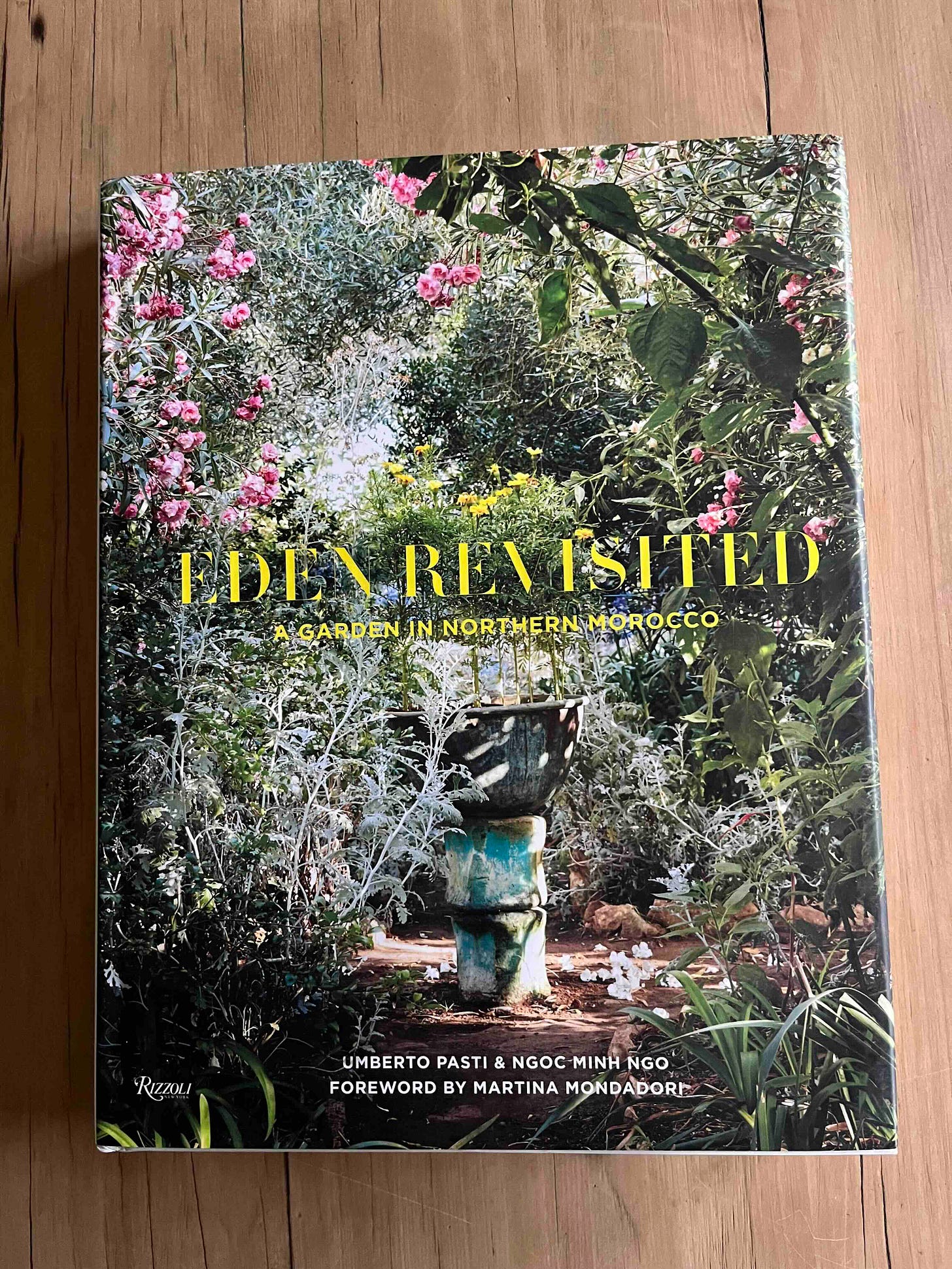
Thank you for the suggested books to read. I will try to get some of them to read here in South Africa.